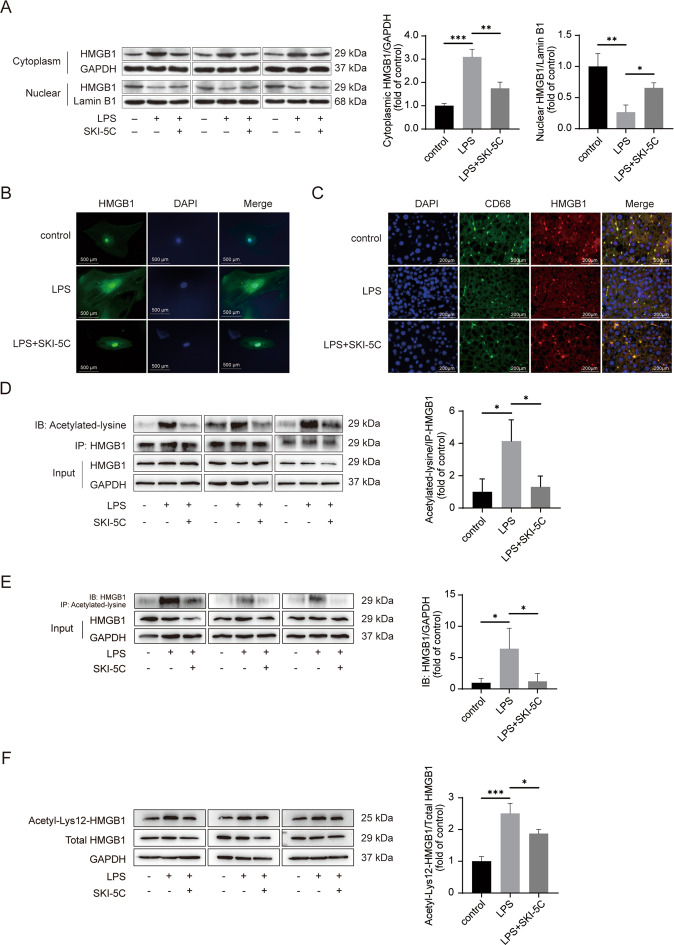Fig. 2. HMGB1 intracellular translocation and acetylation can be suppressed by SphK1 inhibition.
A Kupffer cells were pretreated with SKI-5C (10 μM for 24 h) and then stimulated with LPS (1 μg/ml for 16 h). HMGB1 translocation from the nucleus to the cytoplasm was measured by immunoblotting. Data represent three independent experiments. B Kupffer cells were pretreated with SKI-5C (10 μM for 24 h) and then stimulated with LPS (1 μg/ml for 16 h). HMGB1 intracellular translocation was analyzed by immunofluorescence assay. C Rats received intraperitoneal injection of LPS (8 mg/kg) in the absence or presence of SKI-5C (2 mg/kg for 30 min before LPS injection) by intravenous injection. Twelve hours after the injection, intracellular HMGB1 translocation in CD68-marked Kupffer cells obtained from liver tissue was analyzed by immunofluorescence assay. D RAW264.7 cells were pretreated with SKI-5C (10 μM for 24 h) and then stimulated with LPS (1 μg/ml for 16 h). The acetylation of HMGB1 was measured by immunoprecipitation with an anti-HMGB1 antibody and immunoblotting with anti-acetylated-lysine antibody. The data represent three independent experiments. E The same as D, except that the acetylation of HMGB1 was measured by immunoprecipitating with anti-acetylated-lysine antibody and immunoblotting with anti-HMGB1 antibody. Data represent three independent experiments. F The same as D, except that the acetylation of HMGB1 was measured by immunoblotting with anti-acetyl-HMGB1 (Lys12) antibody. The data represent three independent experiments. Data are expressed as the means ± standard deviation. *P < 0.05, **P < 0.01, ***P < 0.001.

